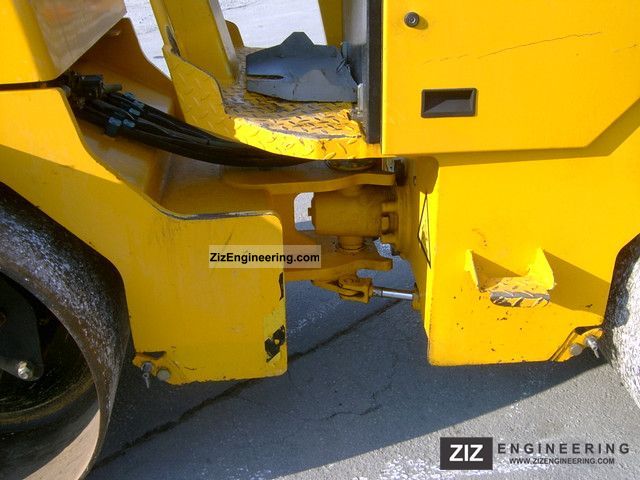


One key determination under CEQA is the transportation impact of these projects. Under CEQA, cities, counties, and other public agencies must analyze real estate and transportation projects to determine whether they may have a significant impact on the environment. Can a jurisdiction still require a project to study LOS?.What is an appropriate environmental baseline that lead agencies can use to determine significance of a roadway expansion project?.Could adding tolling to an existing lane increase VMT?.Is there another advisory document that lead agencies can also consider? OPR’s Technical Advisory provides a list of transportation project types that would not likely result in a substantial or measurable increase in vehicle travel, and therefore generally should not require an induced travel analysis.In the VMT Technical Advisory, does the term “regional” refer to the MPO/RTPA?.What about development that is partially affordable? OPR recommends presuming residential development that is 100 percent affordable to have a less than significant transportation impact.Does SB 743 impact any other part of CEQA?.Does SB 743 impact general plans that contain LOS standards?.Can I still tier from or rely on an environmental document that uses LOS?.What about draft documents that still use LOS? Do they need to be redone with a VMT analysis?.Are lead agencies required to formally adopt VMT thresholds to begin using VMT?.

When do lead agencies need to begin using VMT for land use projects?.Will SB 743 result in new fees and taxes for California residents?.Does SB 743 still make sense given COVID-19?.Won’t reducing the amount of driving limit economic growth?.Will significant VMT impacts prevent housing projects from being approved?.How will SB 743 reduce housing costs throughout California?.Does SB 743 only benefit coastal communities or dense urban areas?.What are the benefits of moving to a VMT metric?.VMT is used to assist with future travel trend analysis by planners, budget analysts and engineers.SB 743 Frequently Asked Questions Questions Background and Purpose.VMT is a planning tool to help identify whether driving has increased or decreased.

VMT summarizes travel from the previous year. Estimation methods can be found in Chapter 9, Section 40, Subject 2, of the WisDOT Transportation Planning Manual. To see how VMT is trending to date, go to the Federal Highway Administration's (FHWA's) Travel Monitoring website.ĭata prior to 2009 is available upon request. Contact Vehicle miles of travel by highway system VMT captures aggregate trends on a broad range of corridors. VMT estimates, while based on AADT estimates, include the distance traveled element and thus provide a measure of highway vehicle travel usage over a geographic area, such as a county, state, or highway system. Most traffic counts are reported in terms of annual average daily traffic (AADT) and represent an estimate of the number of vehicles traveling along a given point on a highway on an average day in the year. Vehicle miles of travel (VMT) is a measure of all the miles driven within a specified area and timeframe.


 0 kommentar(er)
0 kommentar(er)
